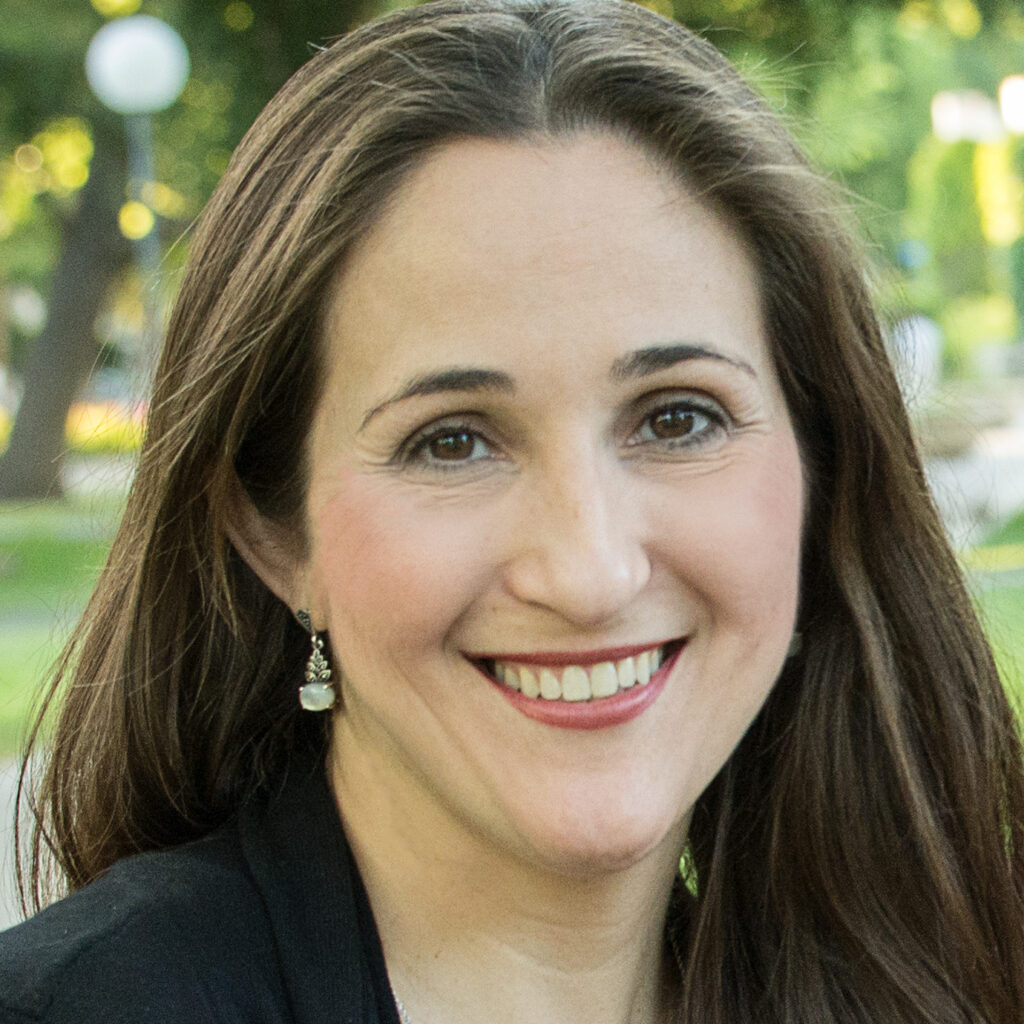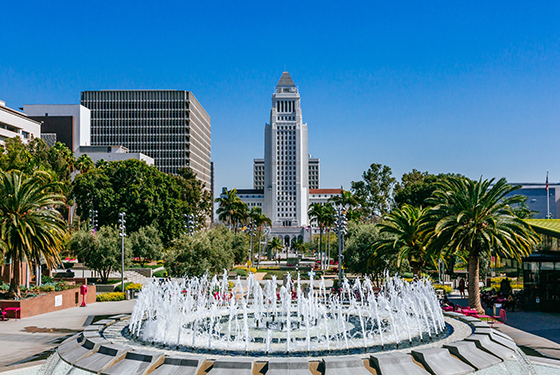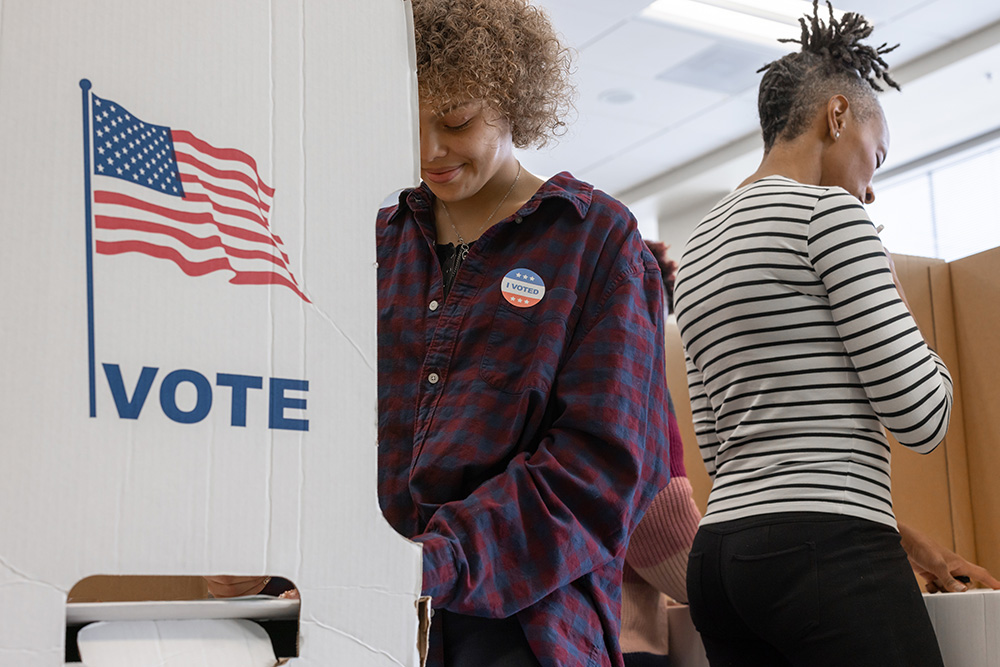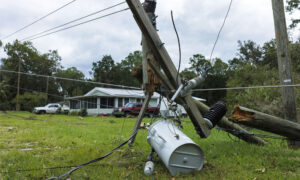While the U.S. has become more racially and ethnically diverse over the last decade, the pace of voter turnout among Latinos, Asian Americans and Blacks continues to lag behind that of white non-Latinos, creating a substantial voter participation gap.
That’s according to a new study released today by the Center for Inclusive Democracy (CID) at the USC Sol Price School of Public Policy.
The findings were announced at a conference focused on democracy and held at the USC Capital Campus in Washington, D.C.
The new research found that despite significant population gains between 2010 and 2020 of 35% for Asian Americans, 23% for Latinos and 6% for Blacks—percentages that outpaced white, non-Latinos, whose numbers fell by 2%—voters of color in the U.S. continue to be underrepresented in the electorate, casting a smaller share of votes proportional to their share of the eligible voter population.
The report – called The New Electorate: The Strength of the Latino, Black and Asian-American Vote – revealed that in the 2020 presidential election, Asian-American, Black and Latino eligible voters comprised nearly 30% of those eligible to vote, but represented just over 22% of all votes cast, significantly lower than their share of eligible voters. The report found this entrenched voter representation gap evident across nearly all U.S. elections.

“Eligible voters of color have substantial potential to hold greater influence over the outcomes of local and national elections,” said CID Director Mindy Romero, the study’s lead author. “There are millions of eligible non-voters of color who, if mobilized, could have a transformative and immediate impact in the 2024 elections.”
“We need to do more to reach and engage these voters, and help narrow the voter representation gap if we are to achieve a truly inclusive electorate,” Romero said.
In the 2020 elections, voter turnout—those who actually cast a vote in an election—for Asian Americans, Blacks and Latinos was below that of white, non-Latino voters and the general population across the board. While Asian Americans saw a slight narrowing of their turnout gap with whites, from 29 percentage points (ppts) to 25 ppts, the gap between Latino turnout and white, non-Latino turnout slightly widened from 25 ppts in 2016 to 27 ppts in 2020, while the Black turnout gap widened from 17 ppts to 20 ppts.

Master of Public Policy
Advocate & Innovate for a More Just World
Effective public policy has the power to disentangle increasingly complex global and domestic challenges. With an MPP from USC, you will have that power too.
Find Out More“What the data tells us is that despite attempts at voting and election reforms, we are not making significant progress toward closing the voter representation gap,” added Romero. “Race disparities remain entrenched in our electoral system and continue to leave voters of color behind.”
Read the full report here.





